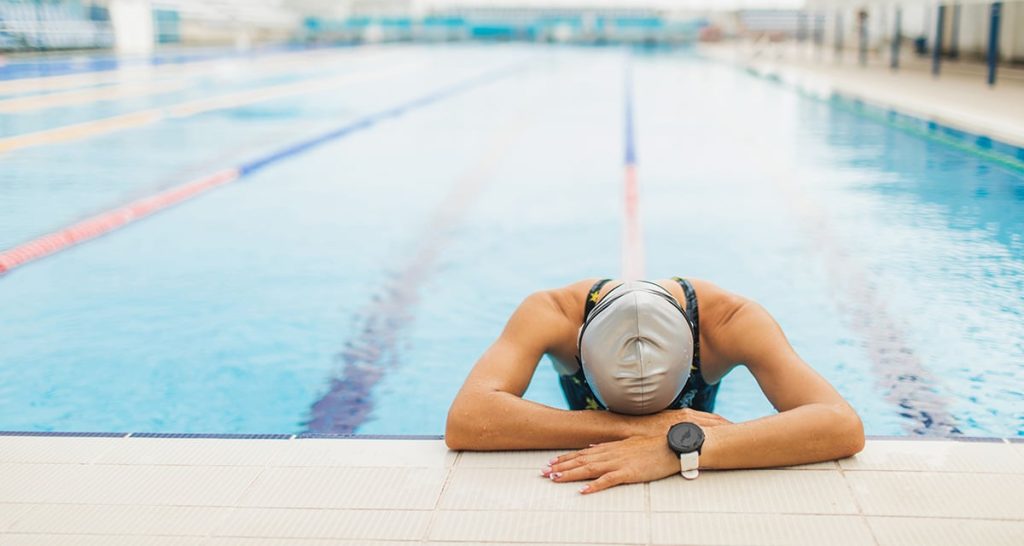The Quiet Battle: A Coach’s Perspective on Student-Athlete Mental Health

The gym floor is polished and the sound of a basketball bouncing echoes through the empty space. Coach Miller sits on a bench, a clipboard in his hands, but his mind is not on the plays he’s drawn up. It’s on the quiet battles his players are fighting. He has been coaching for over twenty years, and the game has changed. It is no longer just about wins and losses, but about the well-being of the young people he is responsible for. He remembers a time when the conversation about mental health was non-existent in sports, when toughness was measured by how much you could endure in silence. He sees now how misguided that was. He thinks about the surveys he’s read, the articles he’s seen, and the stories he’s heard, all pointing to a single truth: the pressure on student-athletes is immense, and they are not always equipped to handle it alone.
Coach Miller recalls a study conducted by the National Library of Medicine, which found that over 90% of high school athletes experience stress related to their sport. The numbers are staggering, but he understands them. He sees the fear of failure in a player’s eyes after a missed shot, the self-imposed pressure to be perfect in every practice. He knows that his job is not just to teach them how to play, but to teach them how to cope. He tries to instill the idea that setbacks are part of the journey, not the end of it. He organizes team talks where players can share their struggles without judgment, creating a space where they can be vulnerable. He emphasizes that being tough is not about hiding your feelings, but about having the courage to face them.
He thinks about a player from a rival team, a standout tennis player named Jack, who suffered a career-ending injury. The physical recovery was one thing, but the mental toll was another entirely. Jack had felt isolated and hopeless, his identity tied so closely to his sport. In response, he launched a website called “Out of Bounds” to provide a resource for other teen athletes facing similar challenges. The website became a beacon of hope, and Jack’s story became a powerful reminder that speaking out can make a difference. His actions were a testament to the fact that while coaches and athletic departments have a role to play, true change often comes from within the community itself.
Coach Miller also reflects on a tragic incident from a few years ago at a school in Oregon, where a young three-sport athlete took their own life. It was a wake-up call for everyone in the athletic community. The school immediately began implementing new mental health protocols, hiring dedicated counselors and conducting routine check-ins with their athletes. It was a commendable effort, but it was born from a tragedy, and Coach Miller finds that disheartening. He wonders why it takes a heartbreaking loss for institutions to prioritize mental health. He believes that the saying “better late than never” doesn’t apply when a life is at stake.
In his own program, he tries to be proactive. He knows he cannot “fix” his athletes’ problems, but he can create an environment where they feel seen and supported. He observes their body language during practices, he listens to them when they speak, and he encourages open communication with both his players and their parents. He reminds them that their worth is not defined by a single race or a single game. His own surveys with his team show that while they face significant academic pressure and burnout, the majority of them agree that participating in sports positively impacts their overall well-being. They feel a sense of accomplishment, and they learn valuable life skills like discipline and teamwork. He knows that this positive impact is largely due to the team environment. He strives to create a family culture where players feel empowered to support each other.
The problem, he concludes, is not a lack of effort from individual coaches, but a systemic issue rooted in stigma. The very idea of an athlete being mentally “weak” is an old-world concept that needs to be retired. He sees a disconnect between the support coaches try to provide and the feelings of being unsupported that his athletes sometimes express. He believes that to truly solve the mental health crisis among student athletes, the entire athletic program needs to be reevaluated. It requires a collective effort from coaches, administrators, and the athletes themselves to challenge the status quo. It means fostering a culture where mental health is openly discussed, where resources are readily available, and where every athlete knows they are not alone. It’s about building a supportive community where the quiet battles are no longer fought in silence.

